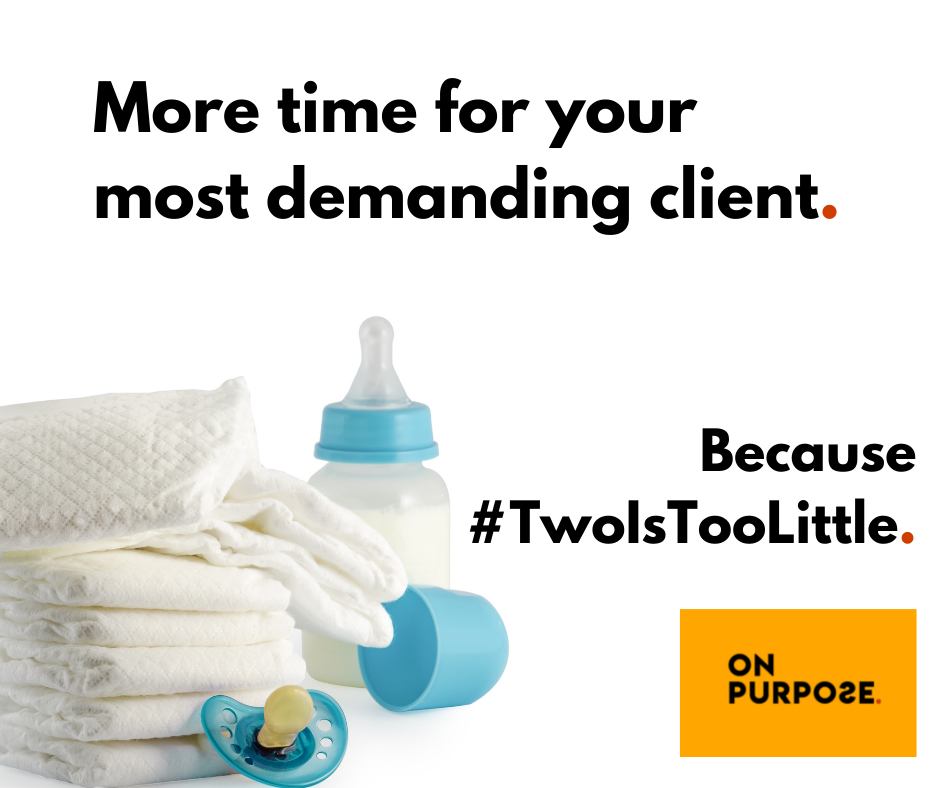With Pride, ON PURPOSE.
– A Blog by Anisha Prakash & Bhavika Arora
Yes, here’s another Pride post for Pride month. But this one is for the “allies”.
The celebration of Pride is rooted in queer experiences: an observance of resilience, a nod to hope and joy despite the darkness and fear, and an unabashed expression of being. But, Pride Month is colourful in more ways than one. It’s the season of license for brands and organisations to put their progressivism and inclusivity on for show – rainbow colours splashed on every and anything that can be tokenised and brandished. While this garb of “wokeness” gets you entry on the progressive bandwagon, it fails to address something important. As India increasingly looks to the West for cultural cues, it’s no wonder that companies come down with a mild case of ‘Pride-fever’ every June. After all, if we can have Black Friday sales in India, why not a perfunctory Pride festivity too for good measure?
But that’s not all it is, or even should be starts abruptly As allies, we do the idea of Pride a disservice by reducing it to fanfare without engaging with what it stands for and what our role in it must be. It means something different for each person, and that diversity of meaning-making is exactly what makes Pride colourful and important. Don’t get us wrong. This is in no way to negate the liability on systemic change, nothing can cover for that. But, we wanted to talk about what gives meaning to Pride in our individual lives. What gives each of us an authentic reason to be part of the idea of Pride? While we have come a long way in knowing what’s the right thing to say, what can we do to ensure that those words don’t just become a part of corporate jargon?
This Pride Month, ON PURPOSE’s very own DEI ke Gunde and OP Deliberates teamed up to address this, and not in a “flavour of the month” kind of way. We asked everyone one question: What does Pride mean to you, and how can you take it wherever you go?
What followed was an avalanche of perspectives, opinions, and many (healthy) disagreements. One clear thread that stuck out to us was how easily we champion queer rights in spaces where it is expected to, and how tactfully we keep quiet when it doesn’t seem worth it to speak up. The internal conflict of being torn between these contradictory spaces leads to an awkwardly surficial acceptance and tokenistic reaction to anything new, even if it’s not one’s general tendency to be discriminatory. It’s easier to be outspoken when homophobia is flagrant or comically outlandish, but when it comes to demonstration of entrenched gender roles? An off-colour remark, sandwiched between well-meaning words? A stubborn loved one, like a parent or old friend? More often than not, we move on, telling ourselves it’s wise of us to pick our battles.
Pride is many things, but it’s not doing the bare minimum and calling it a day. An unwillingness, or reluctance, to foster change in the places and spaces we occupy is an insult to not only our queer friends and family, but to the vision of an inclusive world we all have equal stakes in. It’s time to ask yourself, what does it really mean to be an ally?
Our town-hall discussion last week overran its strict limit of one hour, brimming with perspectives and counterpoints to illuminate our path ahead. There is no conclusion or full stop – there never will be. There was only an understanding that we need to keep our ears on the ground, listen well and comprehend sensitively, and commit ourselves to action in big and small ways.
The change starts with us, challenging ourselves to unlearn a lifetime of prejudice and reimagine the world in kinder and more equitable ways. While the onus of change lies with oneself, we could all use some help. Forced acceptance only leads to more personal conflict, so empathise. Don’t restrict your opinions to the spaces where privilege and exposure define vague outcomes. When you get the chance to hold a conversation with someone who disagrees with you, be considerate of their context and conditioning, and start by asking questions. While it may sound like a slow burn, it is the only way that leads to real change. As we know, identifying our own biases is much harder than finding them in others. Give people second chances.
As Pride month comes to a close, it’s a good moment to take stock and recognise that allyship is for all seasons. There are a million ways to take a stand and to translate our thoughts into reality – where are you starting?
Anisha Prakash
Bhavika Arora










